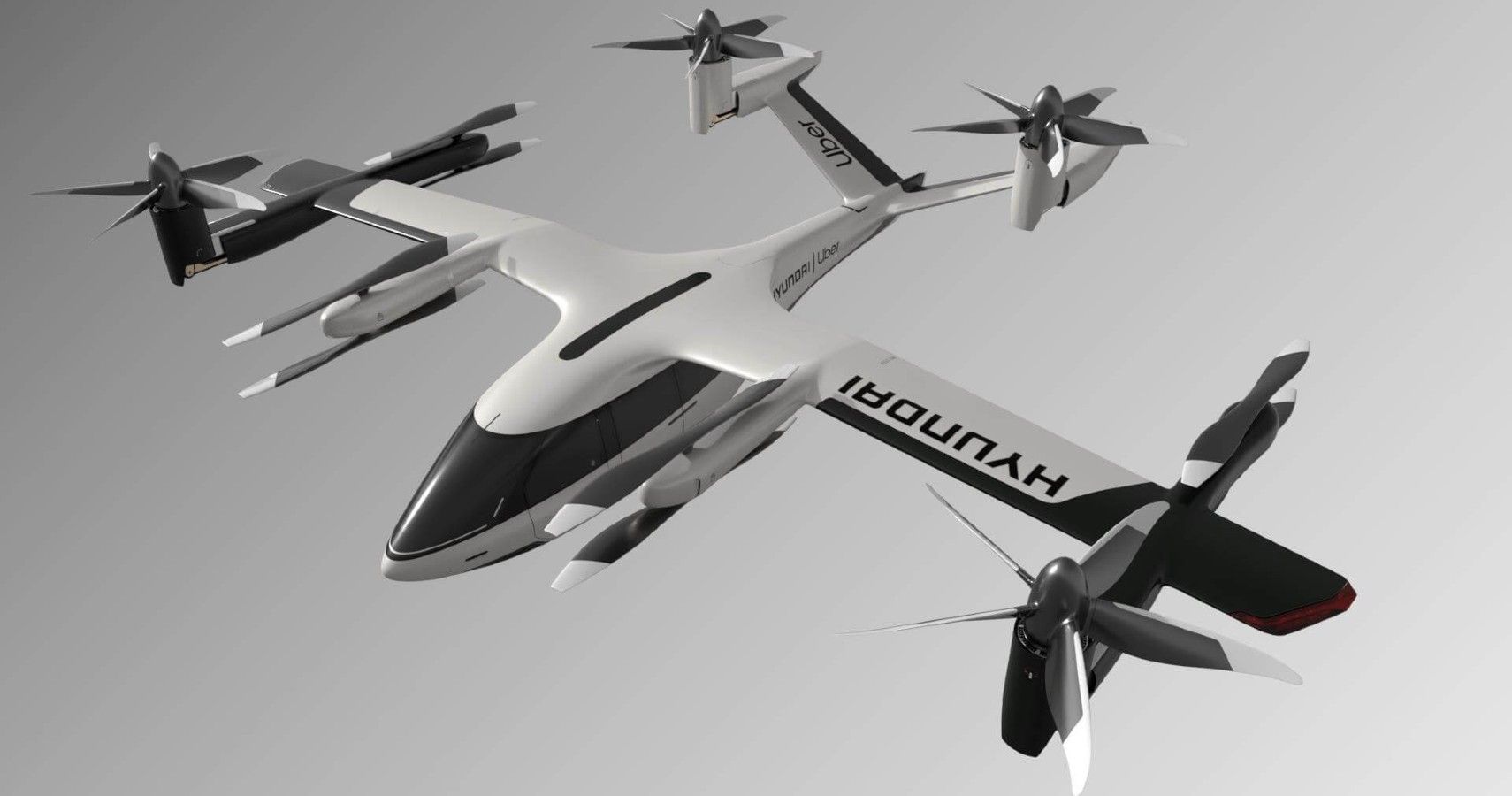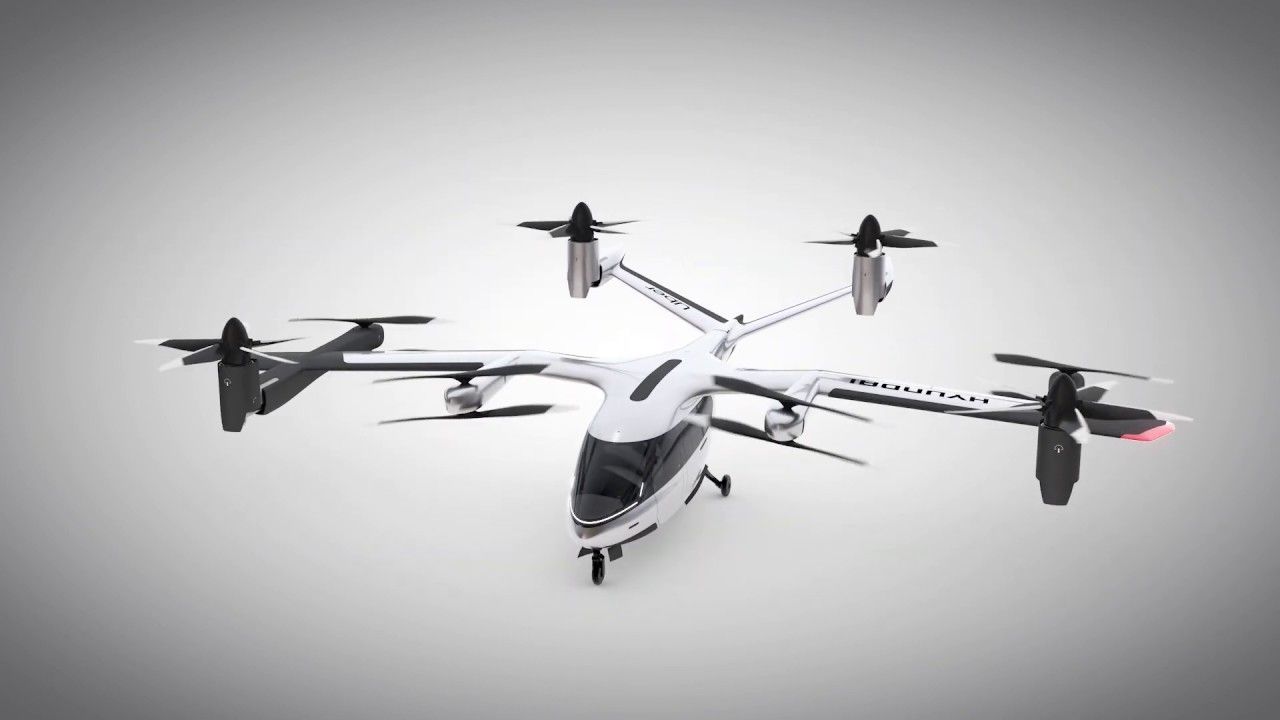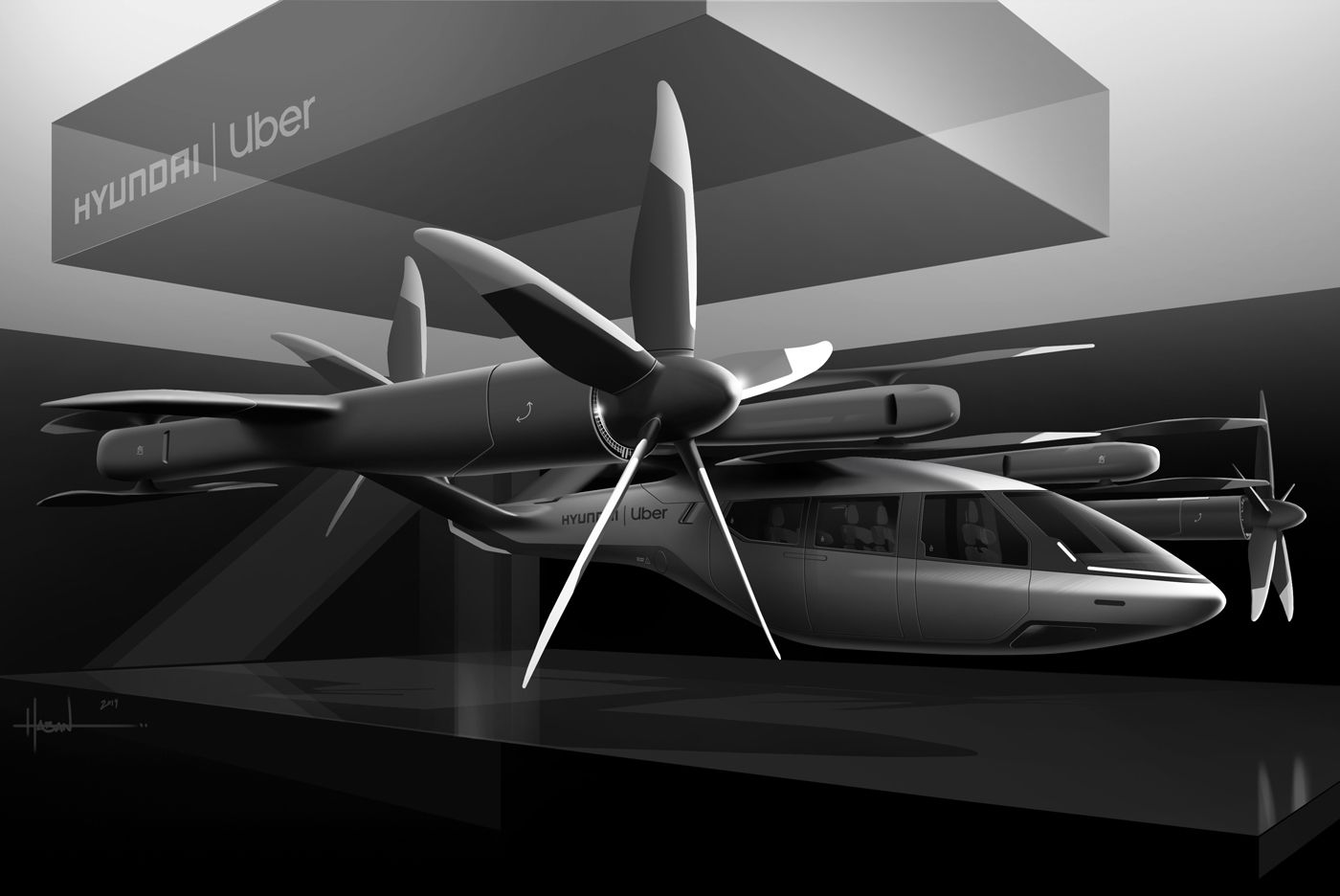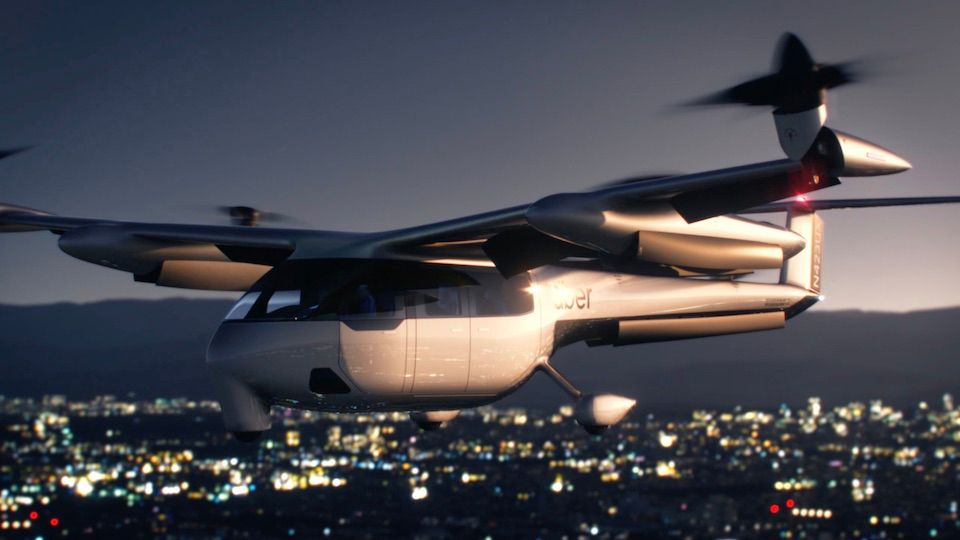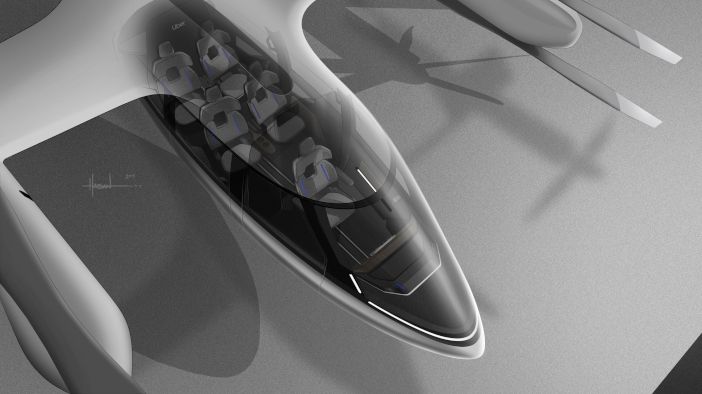The SA-1 eVTOL flying taxi is a part of Hyundai's future mobility vision that conceptualizes a futuristic city with elevated infrastructural support to foster human-centered values. To achieve this, Hyundai has collaborated with experts from various fields, like psychologists, architects, designers, and business persons, to conduct research with an outcome of three values for future cities - care, enable and vitalize.
It was found in the research that due to rapid urbanization, the transport efficiency of cities is gradually reducing. Hence, Hyundai came up with the solution of an air taxi that doesn't need a runway and is enabled with VTOL. Hyundai unveiled this concept air taxi in the Consumer Electronics Show (CES) 2020 while also announcing the company's partnership with Uber.
Hyundai has identified a few key areas to develop, which will be necessary for the success of the eVTOL air taxi initiative. These are the safety of passengers, giving utmost importance to passenger comfort and connectivity with adequate landing pads, and assisting ground vehicles. Likewise, making it affordable to unleash its maximum potential and equipping it with high-energy batteries that provide a high range and are cost-efficient is equally essential. Lastly, making the craft produce minimal noise with distributed power control shall make it ready for an autonomous future.
The decision taken by Hyundai to launch an autonomous air taxi in association with Uber can prove to be revolutionary in many ways. It may even change the way we use public transport.
The Lightweight And Efficient Design
The aircraft has a carbon composite fuselage and wing for lightweight construction that allows for a better range and structural rigidity. It will have a four-passenger and one pilot fuselage with a main high wing designed with a slight forward sweep. With that, the plane also has a V tail. As the aircraft is designed for commuting passengers with convenience, it will have wide windows, allowing a wide view of the outside. While on the ground, this aircraft will ride on a tricycle retractable landing gear like most other aircraft. On the wing and tail of the aircraft, multiple small rotors, similar to ones found on drones, will be featured. This will also keep noise to a minimum.
The aircraft is designed to keep passenger comfort in mind and features a comfortable 2X2 seating arrangement that eliminates the need for a middle row. This allows each passenger to sit next to a window and enjoy amazing views while flying, and it also leaves them with adequate room for luggage. Onboard, the passengers shall be offered high-speed internet for seamless connectivity. The flight computer can instantly alter the speed of each electric motor, independently of the others, thanks to DEP (Distributed Electric Propulsion), which maintains the aircraft's level and provides a considerably smoother experience, even in adverse weather conditions.
The Powerful 8-Rotor Powersource
The new SA-1 flying taxi will have eight powerful electric motors powering the eight propellers. Four tilt-rotor propellers, each with five blades, will power the forward motion and vertical lift, while another four sets of stacked co-rotating propellers, each with two blades, facilitate the vertical flight. The aircraft will be enabled with Vertical Take-off and Landing (VTOL) capabilities to make it more convenient in city conditions. For the vertical take-off and landing, the aircraft will use all eight rotors.
The rotors are powered by electric motors, which are in turn powered by seven high-density batteries enabled with quick charge. These batteries can juice up to a considerable level in just 5 to 7 minutes. The high-capacity batteries will have a range of 60 miles with a maximum cruising speed of 180 mph. The maximum cruising altitude of the aircraft is expected to be 1000 - 2000 feet. As of now, the flight will be assisted by a pilot, but in the future, the automaker has plans to make this flying taxi completely autonomous.
The High Standards Of Passenger Safety
The Hyundai SA-1 shall have a set of advanced safety features. However, Hyundai or Uber have not revealed much about these yet. However, the aircraft shall certainly have Distributed Electric Propulsion (DEP) to power the many rotors and propellers across the airframe to reduce any single point of failure, which is one of the aircraft's many safety features. To take safety to the next level, an emergency parachute shall be included as standard equipment in aircraft to utilize in the event of a disaster.
Major Challenges For Hyundai And Uber
The biggest challenge that this joint partnership may have to face is from the air transport biggies Bell and Airbus. Right now, both of these companies are working on their own versions of air taxi services, plus, they are both well established in the market while having earned the passengers' reliance over the years. Hyundai and Uber may face direct competition from these companies.
The Next major challenge that most autonomous vehicle ventures have to face is to convince the people that their technology is safe. Since it defies the conventional norms of transportation, aircraft, the convincing part could take more effort than usual.
Hyundai, to design and manufacture the SA-1 flying taxi, has partnered with Uber's nascent air taxi business for 'airspace support services'. This joint venture shall offer services such as connecting the land-based transportation alternatives and consumer interfaces by developing an app that allows passengers to schedule trips. Rumors suggest that both firms are eyeing to introduce the urban air taxi as soon as 2023.

